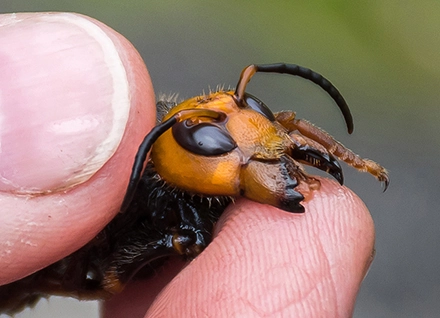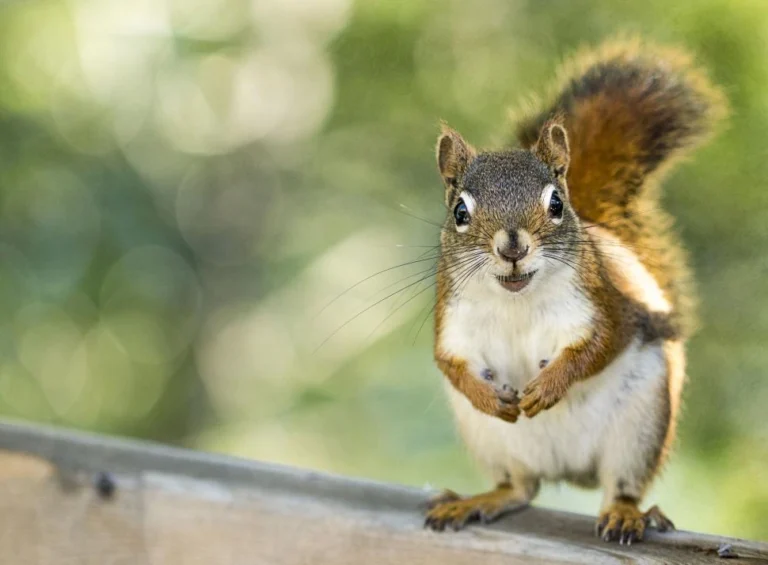Table of Contents
ToggleWasps buzzing around your home can turn a peaceful day into a stinging nightmare. Unlike honeybees, wasps can sting multiple times, making their nests a real hazard—especially for those with allergies. At On Demand Pest Control, we’re sharing expert tips to stop wasps from nesting on your property before they become a problem.
Proactive Steps to Deter Wasps
Keep wasps away with these simple strategies:
- Remove Food Sources
Wasps crave sugary foods and proteins, especially in late summer and fall. Seal trash cans, clean up spills, and store food in airtight containers during outdoor meals. Set up wasp traps away from gathering spots to lure them elsewhere. - Seal Entry Points
Wasps sneak in through tiny gaps. Inspect eaves, windows, and doors for cracks, then seal them with caulk or weatherstripping. Check screens for tears and fix them to block access. - Use Repelling Plants
Plants like lemongrass, eucalyptus, and geranium emit scents wasps hate. Plant them around your home or use their essential oils in a diluted spray to target nesting hotspots.
Where to Check for Wasp Nests
Wasps love sheltered spots. During inspections, look here:
| Location | Why They Nest There | What to Look For |
|---|---|---|
| Under Eaves | Protection from weather | Papery nests, wasp activity |
| Porch Ceilings | High, undisturbed areas | Small, hanging nests |
| Sheds/Garages | Dark, cluttered spaces | Nests in corners, beams |
Spot a nest early? Search “prevent wasp nests” and follow these tips to act fast.
Seasonal Wasp Behavior
Wasps shift habits with the seasons. In spring, they hunt insects for larvae. By late summer, they’re after sugary foods—like your picnic drinks—making them more likely to nest near your home as their colonies grow.
Early Nest Removal: Proceed with Caution
Small nests can sometimes be handled with DIY sprays, but it’s risky—always wear protective gear and spray at dawn or dusk when wasps are less active. For larger nests or aggressive species like yellowjackets or hornets, don’t take chances. Wasps sting repeatedly, and disturbing a nest can lead to dangerous attacks.
Common Wasp Types to Watch For
- Yellowjackets: Aggressive, yellow-and-black, nest underground or in walls.
- Paper Wasps: Build open, papery nests under eaves or porches.
- Hornets: Large, hostile, often nest in trees or high spots.




